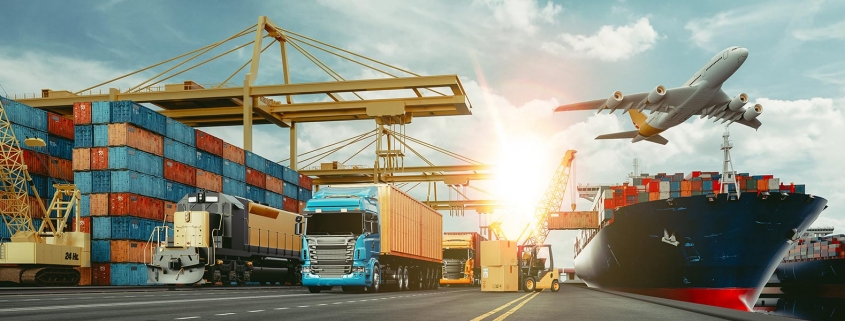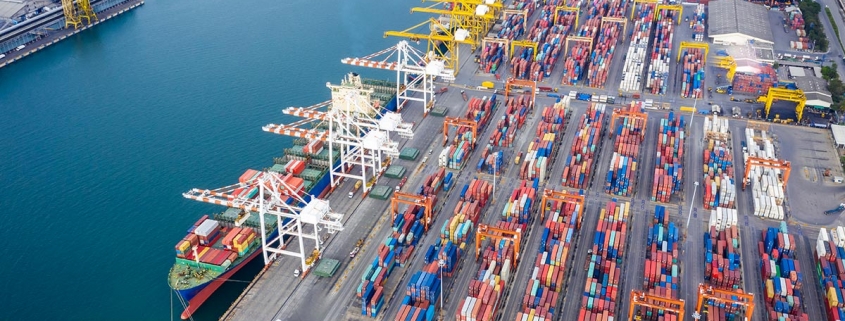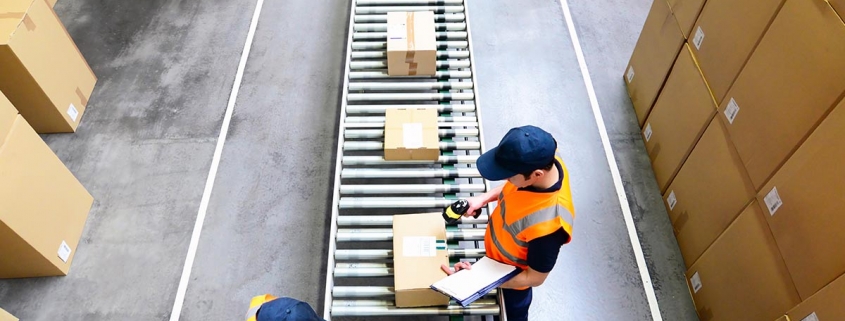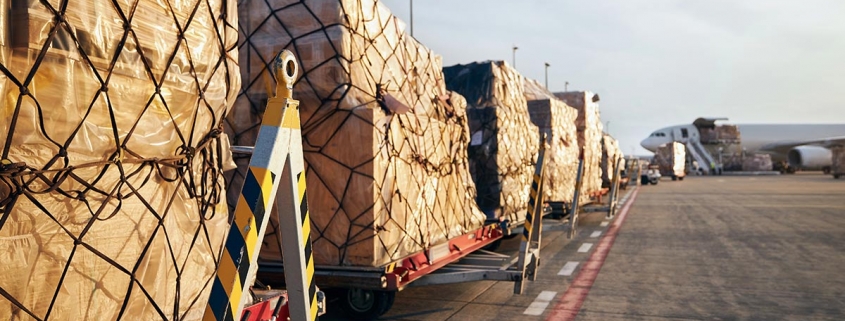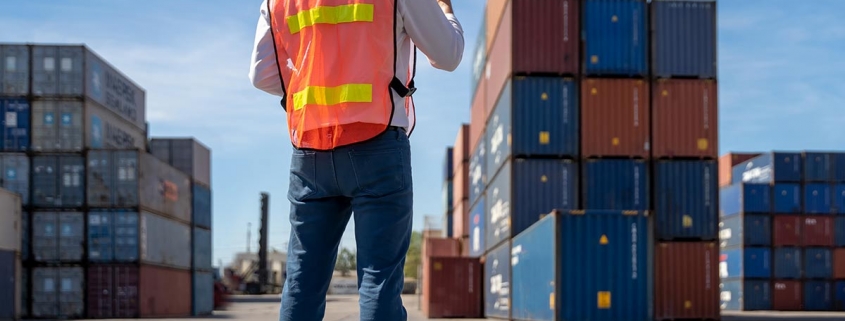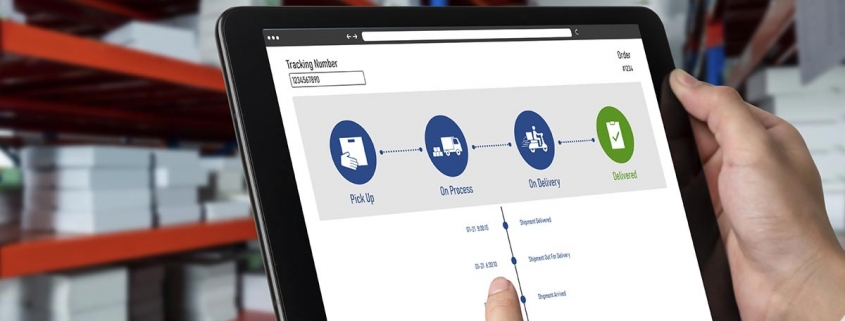Hello everyone! Today, let’s unveil the optimization of warehousing and distribution networks in cross-border e-commerce. With the rapid growth of cross-border e-commerce, optimizing warehousing and distribution networks has become crucial for improving international logistics efficiency. So, how do cross-border e-commerce platforms optimize their warehousing and distribution networks? Let’s dive in and find out!
Firstly, in terms of warehousing, cross-border e-commerce platforms achieve fast response and delivery by establishing a distributed warehousing network. This network involves setting up warehouses in multiple countries or regions, storing goods in proximity to customers, and reducing delivery time. Moreover, cross-border e-commerce platforms leverage advanced warehousing technologies such as automated storage equipment and warehouse management systems to enhance warehousing efficiency and enable effective tracking of goods. By optimizing the warehousing network, cross-border e-commerce platforms can better meet the demands of consumers and provide efficient and reliable delivery services.
Secondly, in the realm of distribution, cross-border e-commerce platforms actively explore partnerships with logistics providers to establish a reliable distribution network. Collaborating with logistics partners who possess global logistics networks and specialized delivery capabilities enables cross-border e-commerce platforms to offer cross-border delivery solutions. Additionally, through logistics technology innovations such as logistics data analysis and AI-based route optimization, cross-border e-commerce platforms enhance delivery efficiency and visibility. By optimizing the distribution network, cross-border e-commerce platforms can achieve fast and reliable international delivery, meeting the demands of global consumers.
In conclusion, the optimization of warehousing and distribution networks by cross-border e-commerce platforms presents new opportunities and challenges in international logistics. Through the establishment of distributed warehousing networks and partnerships with logistics providers, along with the utilization of advanced warehousing technologies and logistics innovations, cross-border e-commerce platforms can provide efficient and reliable warehousing and delivery services, thus driving the development of international trade!
#hashtags:
#crossborderecommerce #warehousing #distributionnetwork #optimization #logisticspartnerships #internationallogistics #efficiency #reliability #globaltrade


